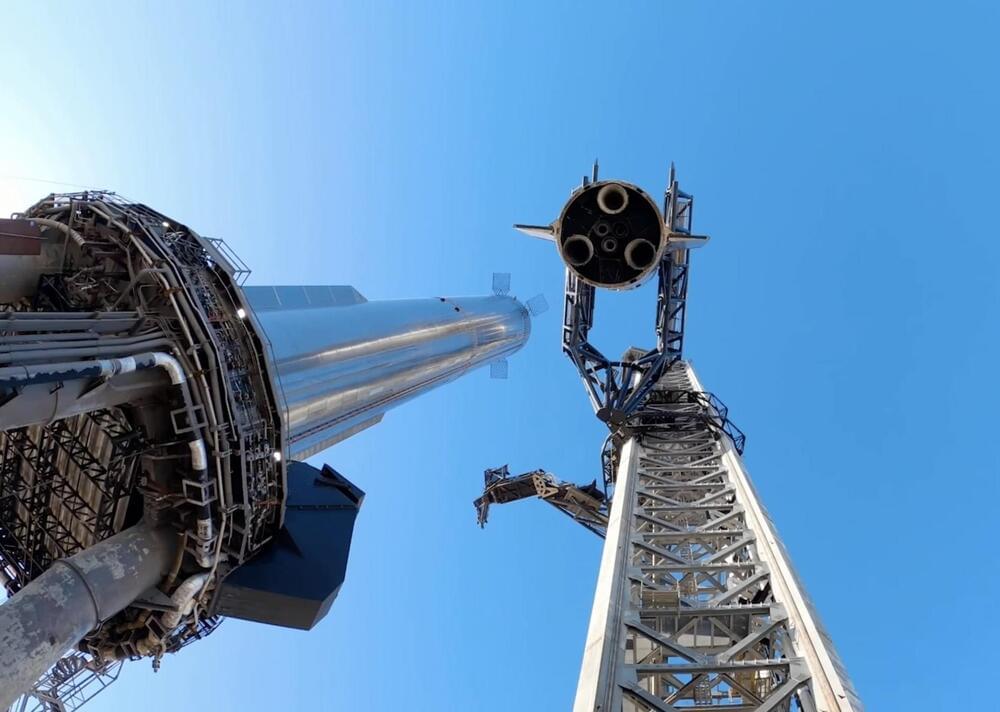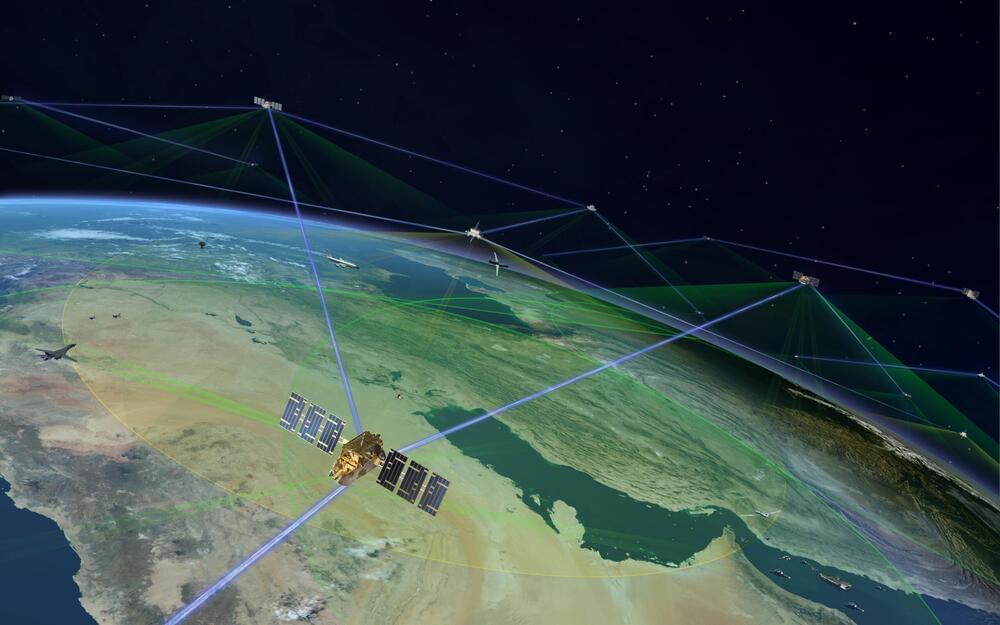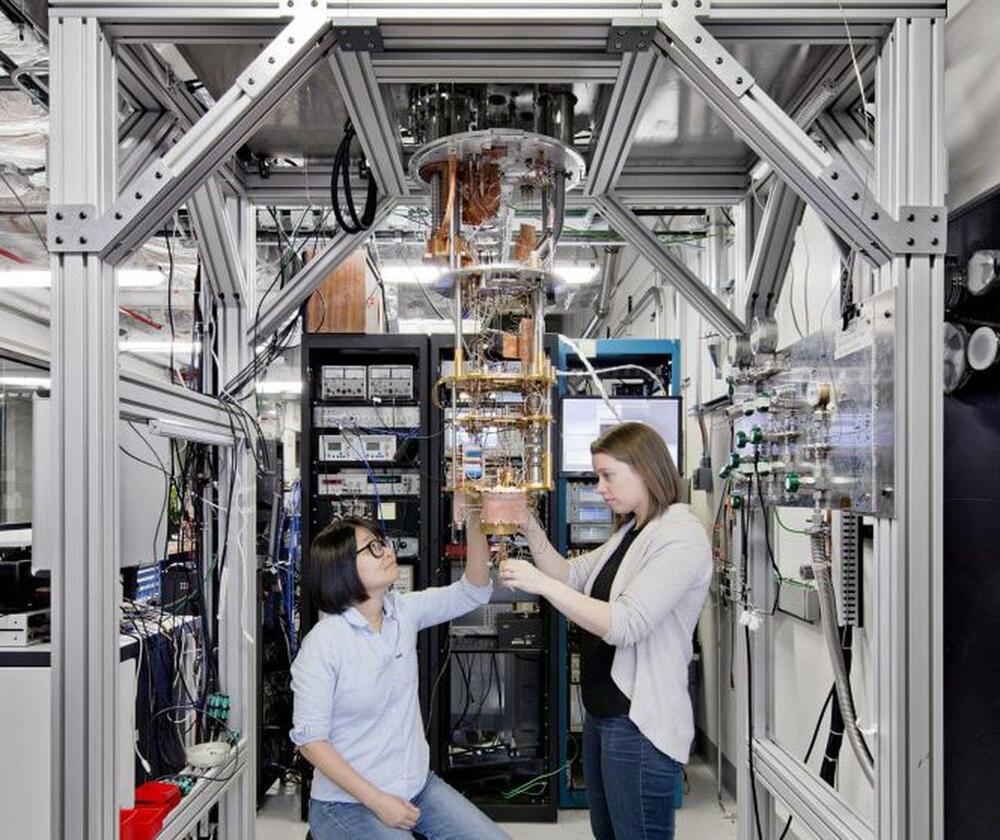Texas A&M University’s board of regents voted to approve the construction of a new institute in Houston that hopes to contribute to maintaining the state’s leadership within the aerospace sector.
This week, the Texas A&M Space Institute got the greenlight for its $200 million plan. The announcement follows a $350 million investment from the Texas Legislature. The institute is planned to be constructed next to NASA’s Johnson Space Center in Houston.
“The Texas A&M Space Institute will make sure the state expands its role as a leader in the new space economy,” John Sharp, chancellor of the Texas A&M System, says in a news release. “No university is better equipped for aeronautics and space projects than Texas A&M.”









